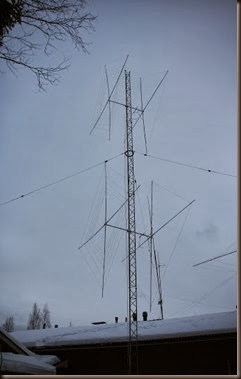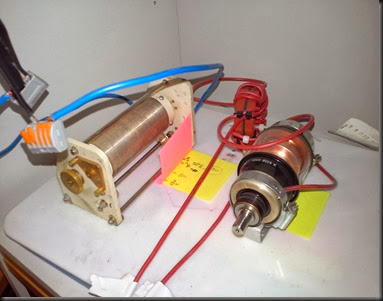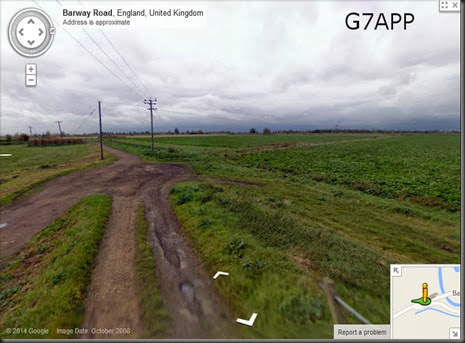I have been active on JT9 mode recently. I think this mode has great potential for becoming one of the leading HF digital modes, even for DX-pedition purposes (some tweaks needed though).
I am running digital modes exclusively with my great little Flexradio Flex 1500 and I have a small QRP linear amplifier boosting the signal to 20-30 watts.
Based on reports on-the-air the typical TX power in JT9 mode seems to be between 5 and 30 watts. So I am perhaps running it in the upper end of the scale. Having said that, my normal report is 10-15dB lower than what I send back. This seems to be quite consistent on various bands. So what the heck is happening here?
JT9 has dB in S/N
JT9 is great in tough band conditions and when the conditions are good you can run qrpp and still get great results. The dB in WSJT-X user interface is Signal to Noise ratio (S/N), not the signal strength of the signal you are receiving. Of course, a strong signal usually also means better readability, thus larger S/N dB figure in the user interface.
Instead of me trying to explain the S/N please refer to Wikipedia:
Quad has less noise than Yagi!
I wrote last year in this blog about my Quad project. I have now more experience from this antenna alongside with my yagi. The Quad antenna system has definite edge over the yagi in signal readability! Less static coming from antenna equals better S/N.
I still have the 450 ohm ladder line routed from my ham shack to the tower. The project to move the tuner to the tower is still work in progress and my target is this spring.
Tuner as pre-selector
Due to antenna construction the radiator has to be tuned. My DIY tuner is based on great hiQ S-match design by PA0FRI. This tuner has quite narrow band-pass filter functionality built in.
My S-match prototype in the picture (silver coil roller inductor, vacuum capacitor, Amidon toroids, red wire is silicone insulated).
The tuner acts as a narrow pre-selector in similar fashion than how magnetic loop antennas work.
This type of antenna matching effectively eliminates noise going to the rig.
Fully digital signal processing chain
Have you ever heard complaints about audio ground loops or RF in audio when you are transmitting? I have suffered perhaps from every issue possible regarding RF and audio problems. Not any more! When I switched to Flex 1500 all those nasty RF and receive noise issues were simply gone. Once the Flexradio has transformed the received signal to I and Q and digitized those the received audio never leaves the computer. The processing from Flex to WSJT-X is done fully digital eliminating all those nasty RF issues. I highly recommend this type of fully digital setup for anyone seriously involved with digital modes.
Location, location, location!
Last but not the least. Perhaps the most overlooked issue is the location of the QTH. As I have written in my QRZ.com profile. “My QTH is one of the highest points in near vicinity and my antennas are 120m above sea level. Nice clear takeoff angle to all the directions with reasonable noise level.”
One of the exceptions regarding the reports was G7APP. I sent –01 and received +01. I checked the location of G7APP from QRZ.com and google maps. No wonder I got such a great report! Great countryside location!
Final thoughts
I have stopped worrying about the JT9 reports. The report is the indication of one’s working conditions, not necessarily an indication how strong the transmitted signal has been. The software on both ends is the same, the S/N dB calculation is done with exactly same algorithm.
If you constantly receive better reports than what you send, please consider what I wrote above.
Hope to work you with JT9!
Cheers, Toni oh3t


